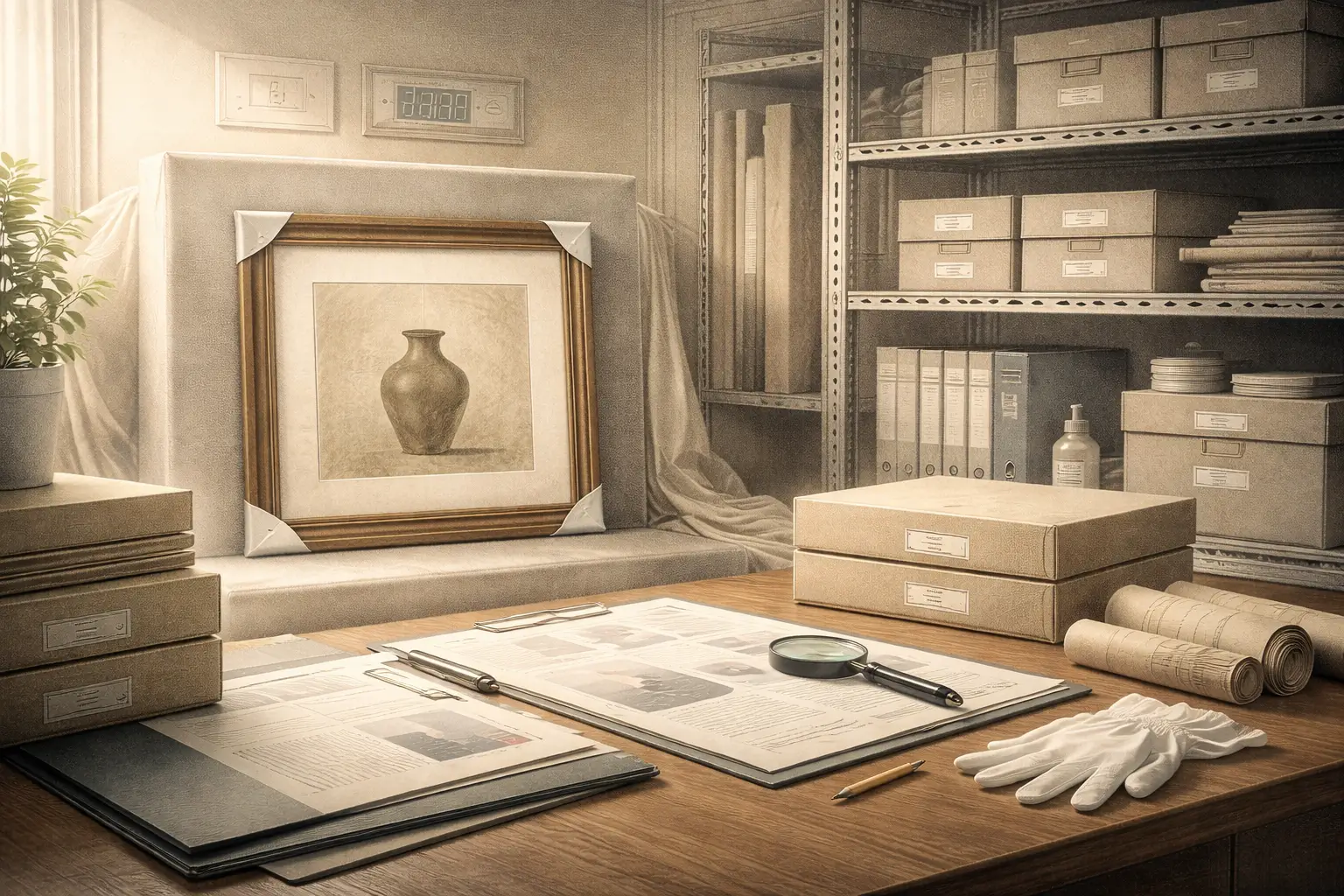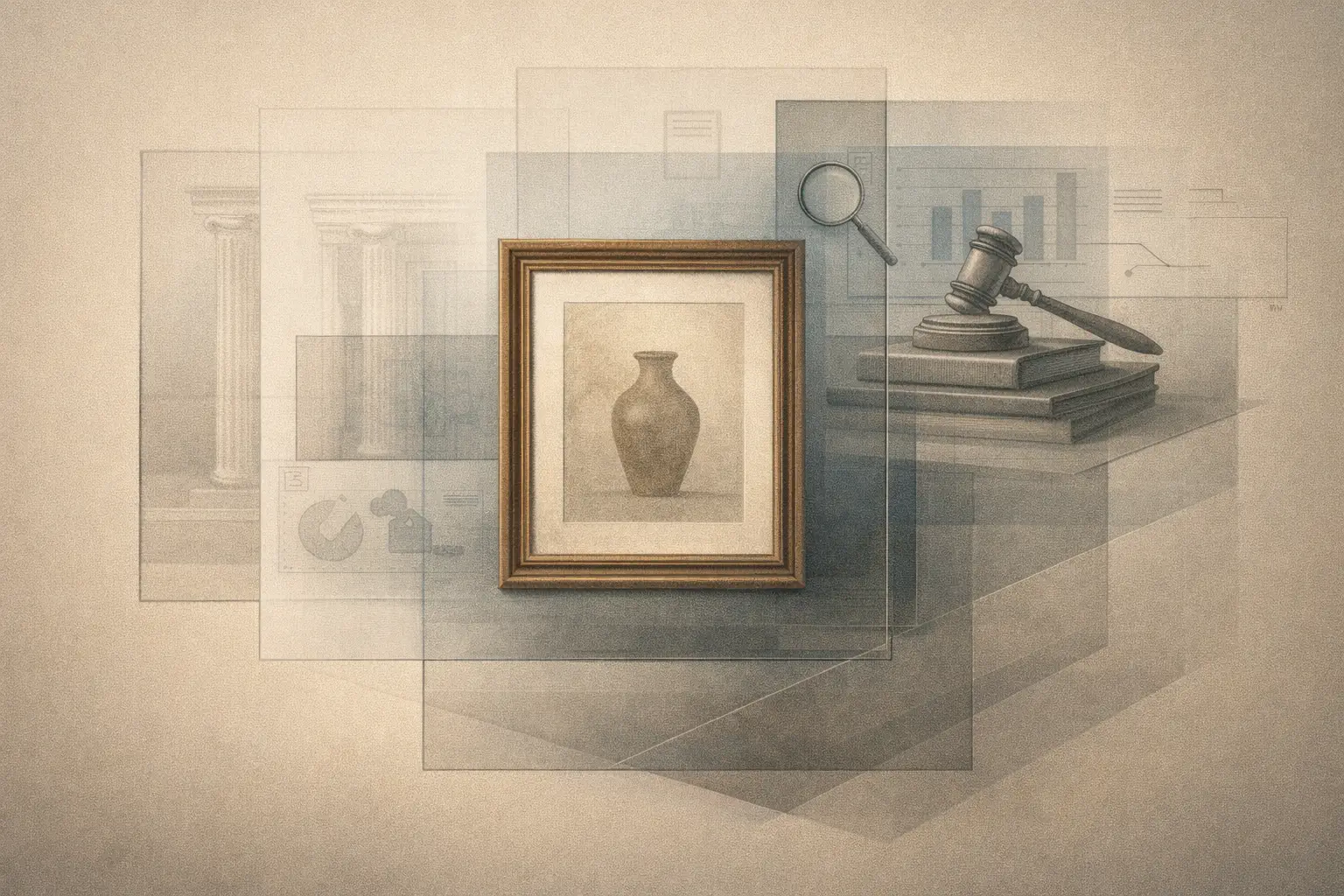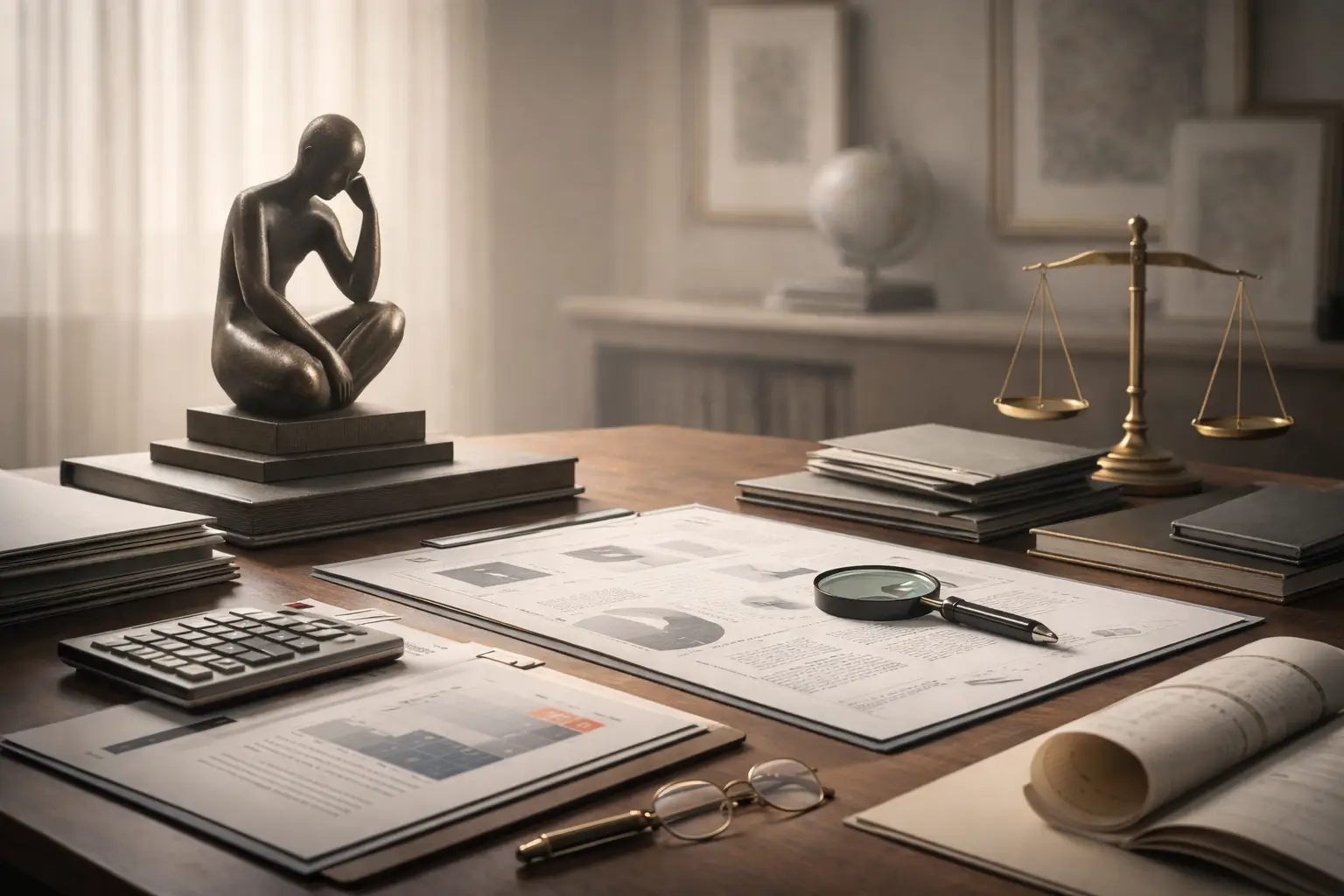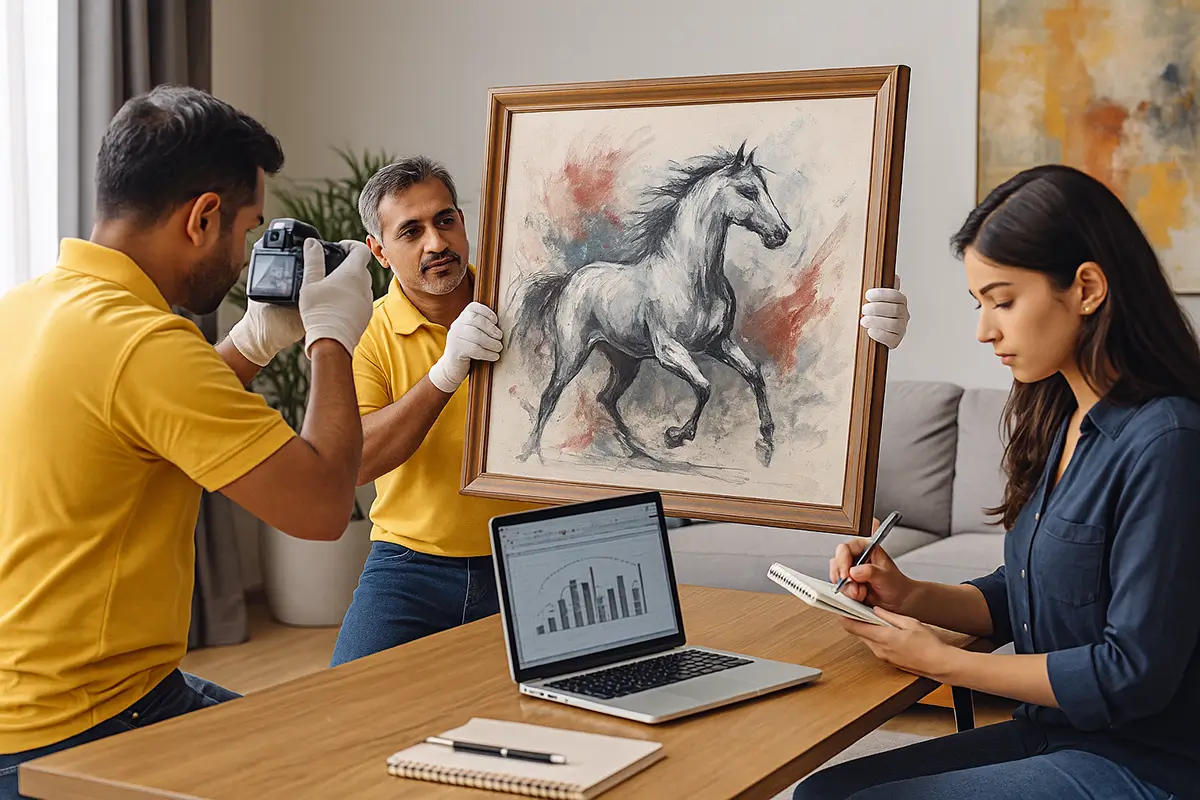For collectors in India, art is not merely a source of aesthetic pleasure or cultural value—it is a significant financial asset. Whether you own classical Indian miniatures, modernist paintings, or contemporary installations, safeguarding your investment is critical. Art collection insurance is a specialized service that helps mitigate financial loss due to theft, damage, or unforeseen events. In this article, we explore the importance of art insurance coverage, what policies typically entail, and why every serious collector should consider this an integral part of their art asset management strategy.
Why Art Collection Insurance Matters
Artworks are often irreplaceable. Their value—whether emotional, historical, or monetary—demands appropriate protection. Traditional insurance policies may not offer adequate coverage for fine art. Specialized art insurance policies are designed to address the unique risks associated with owning and maintaining an art collection.
Some key risks that insurance protects against include:
- Theft and burglary
- Fire and water damage
- Accidental breakage
- Natural disasters like floods and earthquakes
- Transit-related damage
- Vandalism and malicious damage
- Improper handling during exhibition or packing
As part of a broader art collection management plan, art insurance helps you mitigate the risk of financial loss and supports long-term value preservation.
Types of Art Insurance Policies
Art insurance in India typically falls under two main categories:
1. Title Insurance
This protects against future ownership disputes, unclear provenance, or claims from previous owners. It’s particularly relevant for antique art and legacy acquisitions.
2. Property Insurance
This covers the physical artwork in the event of damage, theft, or loss. Property insurance is the most commonly used form for collectors, institutions, and galleries.
Additional Coverages Include:
- Transit Insurance: Essential when artworks are moved between locations, such as for exhibitions or auctions.
- Storage Insurance: Covers art stored in warehouses, private collections, or temporary holdings.
- All-Risk Coverage: These policies cover any risk not explicitly excluded and are ideal for high-value and dynamic collections.
The Role of Professional Valuation
A robust art valuation is central to determining the insured value. This valuation is usually included in the policy documentation and updated periodically. Working with recognized professionals ensures your policy is accurate and helps avoid disputes during claims.
Valuations should be:
- Conducted regularly (every 2–3 years)
- Based on fair market value
- Certified by reputed art valuers
Having a proper art valuation report supports not just insurance claims but also art estate planning and sale strategies.
Consider using professional art valuation services to ensure your collection is accurately protected.
Choosing the Right Insurance Provider
In India, several general insurers offer art-specific coverage either directly or through partnerships with art advisors. Leading players include:
- Tata AIG
- ICICI Lombard
- HDFC ERGO
- Bajaj Allianz
- United India Insurance
When choosing a provider, ask:
- Does the insurer have experience with fine art and collectibles?
- Can they provide customized coverage based on your collection’s needs?
- How robust is their claims process?
- Do they offer premium discounts for security systems or conservation efforts?
It’s also wise to engage an art consultant or legal advisor to interpret policy fine print.
Documenting Your Collection
Comprehensive documentation enhances the effectiveness of insurance. This includes:
- High-resolution photographs
- Purchase invoices
- Art authentication certificates
- Condition reports
- Appraisal documents
Such records not only support the claim process but also contribute to your overall art collection management strategy.
Documentation: The Backbone of Any Insurance Policy
To support your insurance coverage, maintain:
- High-resolution images of each artwork
- Invoices or bills of sale
- Authentication and provenance documents
- Condition reports
- Installation and handling records
This documentation aids in quick claims processing and boosts the transparency and accuracy of your art collection documentation.
Proper cataloging—preferably through a digital art collection inventory system—can improve the efficiency and credibility of your documentation process.
Considerations by Artwork Type
- Contemporary Art
Policies are often straightforward, but values may fluctuate rapidly. Frequent revaluation is advised.
- Antique or Heritage Art
These require thorough provenance and authentication. Valuations can be complex due to historical and cultural significance.
- Installations & Mixed Media
Given their fragility and non-traditional materials, policies may require clauses covering repair, dismantling, and reinstallation.
- Photographic Works
While photographs are generally easier to store, they’re sensitive to environmental damage and often require climate-controlled coverage.
Each category may require different handling, storage, and valuation methods—this should be reflected in your insurance policy.
Common Mistakes to Avoid
- Underinsuring Artworks: Many collectors rely on old valuations or round numbers. This may result in denied or reduced claims.
- Ignoring Transit Coverage: Art is most vulnerable during transportation. Always ensure you have transit coverage when moving pieces.
- Storing Without Notification: If your artwork is stored off-site, insurers must be informed. Not doing so may void your coverage.
- Assuming General Home Insurance Covers Art: Standard homeowners’ policies rarely offer comprehensive protection for art.
- Delaying Policy Renewal: Any lapse in coverage—even for a day—can expose you to significant financial risk.
Cost of Art Collection Insurance in India
Art insurance premiums in India range between 0.5% and 2% of the insured artwork’s value. Factors influencing cost include:
- Type and size of the collection
- Security systems in place
- Risk level of storage location
- Transit frequency
- Claim history
Collectors can often negotiate better premiums by bundling services (e.g., conservation and valuation) or demonstrating robust collection care.
Integrating Insurance into a Holistic Art Strategy
Art insurance should never be treated in isolation. Instead, it must be part of a broader ecosystem that includes:
- Art Conservation: Regular maintenance and restoration improve longevity and help preserve insurable value.
- Art Valuation: Keeps policies up to date and compliant with tax and legal frameworks.
- Estate Planning: Integrates your art into legacy plans and asset transfers.
- Art Acquisition Advisory: Helps you purchase art that is insurable, authentic, and appreciating in value.
- Art Collection Maintenance: Includes proper handling, display, lighting, and climate control.
In doing so, insurance becomes not just a reactive tool, but a proactive part of art asset management.
Emerging Trends in Art Insurance
As the art world evolves, so does the insurance landscape. Trends to watch:
- Digital Art & NFTs: New digital assets pose unique challenges around valuation and ownership. Specialized policies are emerging.
- Blockchain-based Provenance: Helps insurers verify authenticity and history of artworks with more precision.
- Dynamic Pricing Models: Insurance premiums may be linked to real-time value updates based on market movements.
- Green Art Insurance: Offers discounts for eco-friendly display and storage environments.
Collectors should stay informed about evolving options that best align with their growing and diversifying collections.
Final Thoughts
Understanding and securing art insurance coverage is a fundamental step for any serious art collector in India. From evaluating the right policy to integrating it with broader asset management practices, insurance serves as both a safeguard and a strategic tool. With rising art valuations and increasing market interest, now is the right time to revisit how your collection is protected.
To ensure your policy reflects accurate and up-to-date values, explore professional art valuation services tailored for collectors, institutions, and estates.













